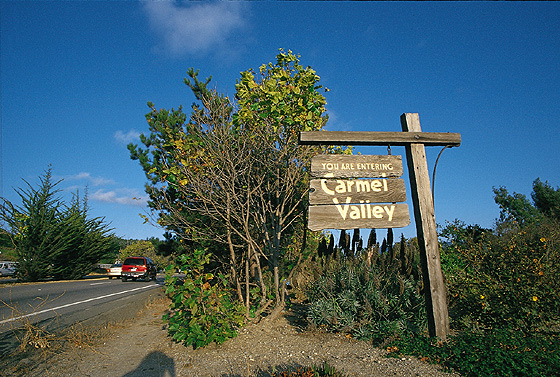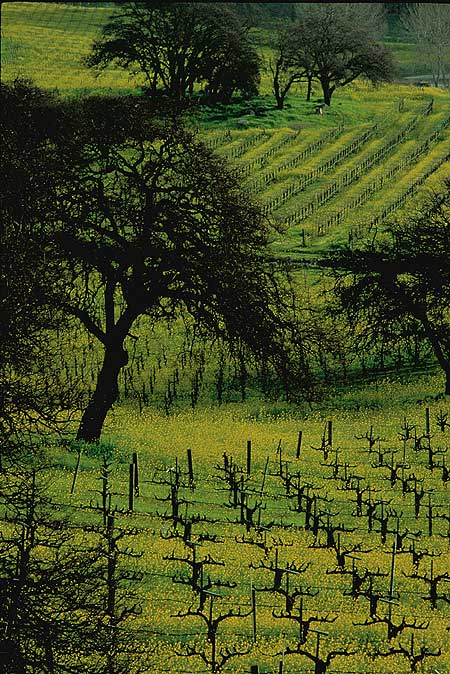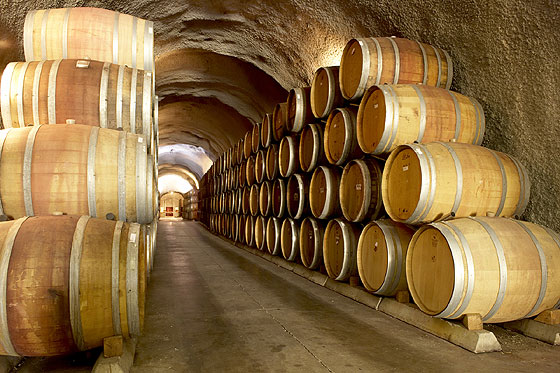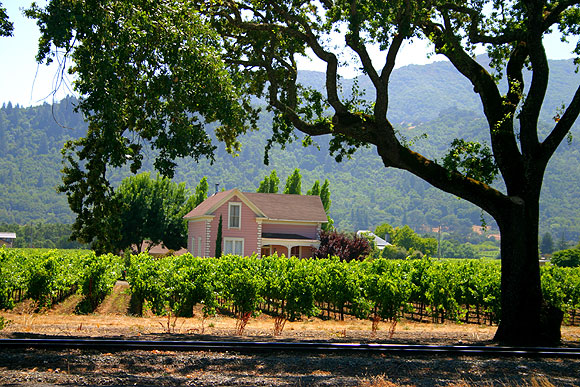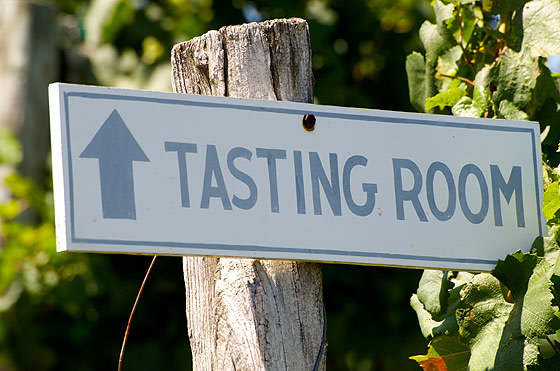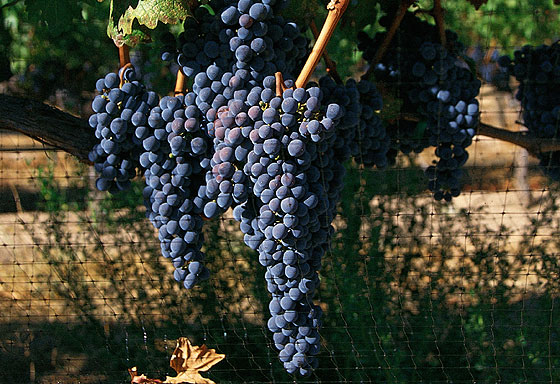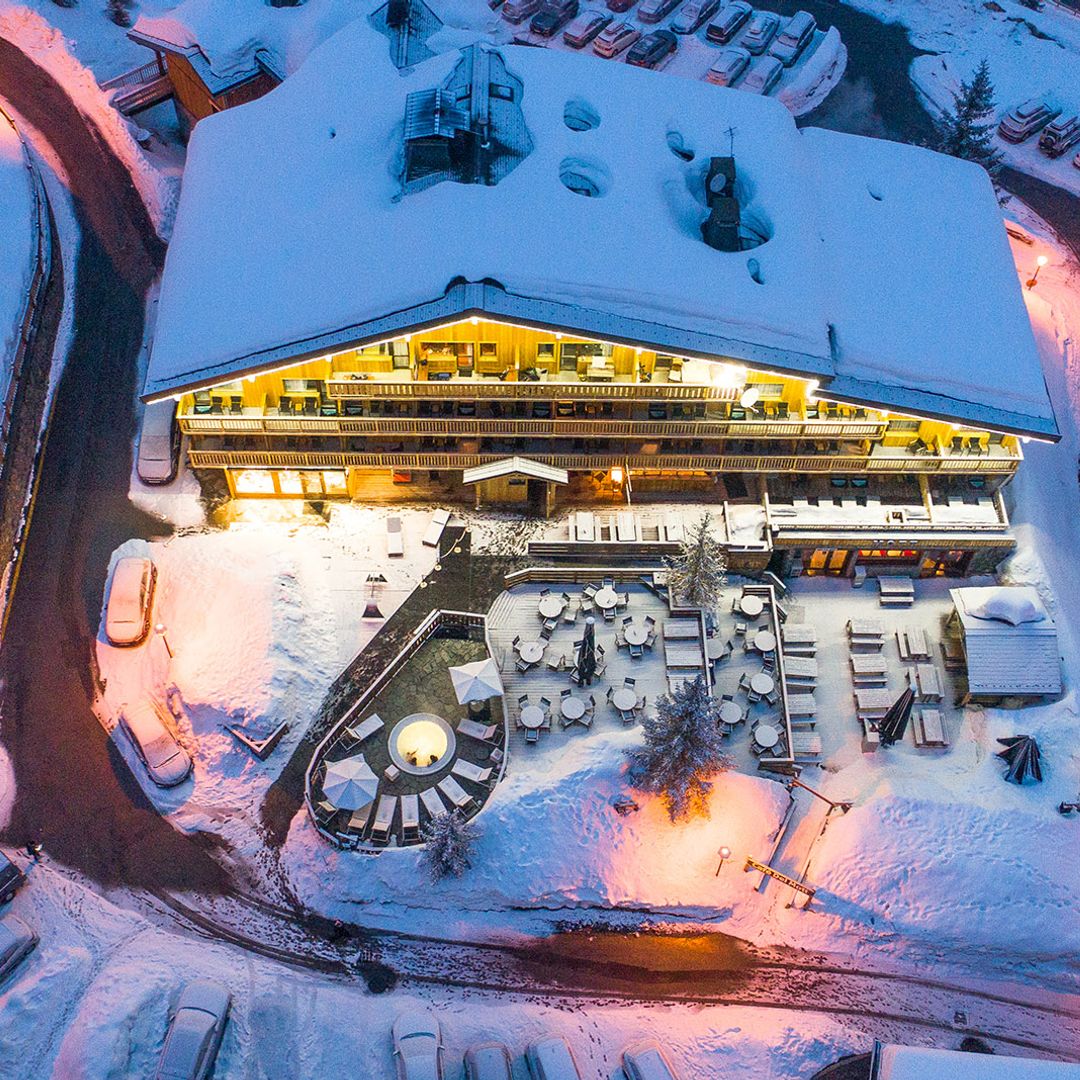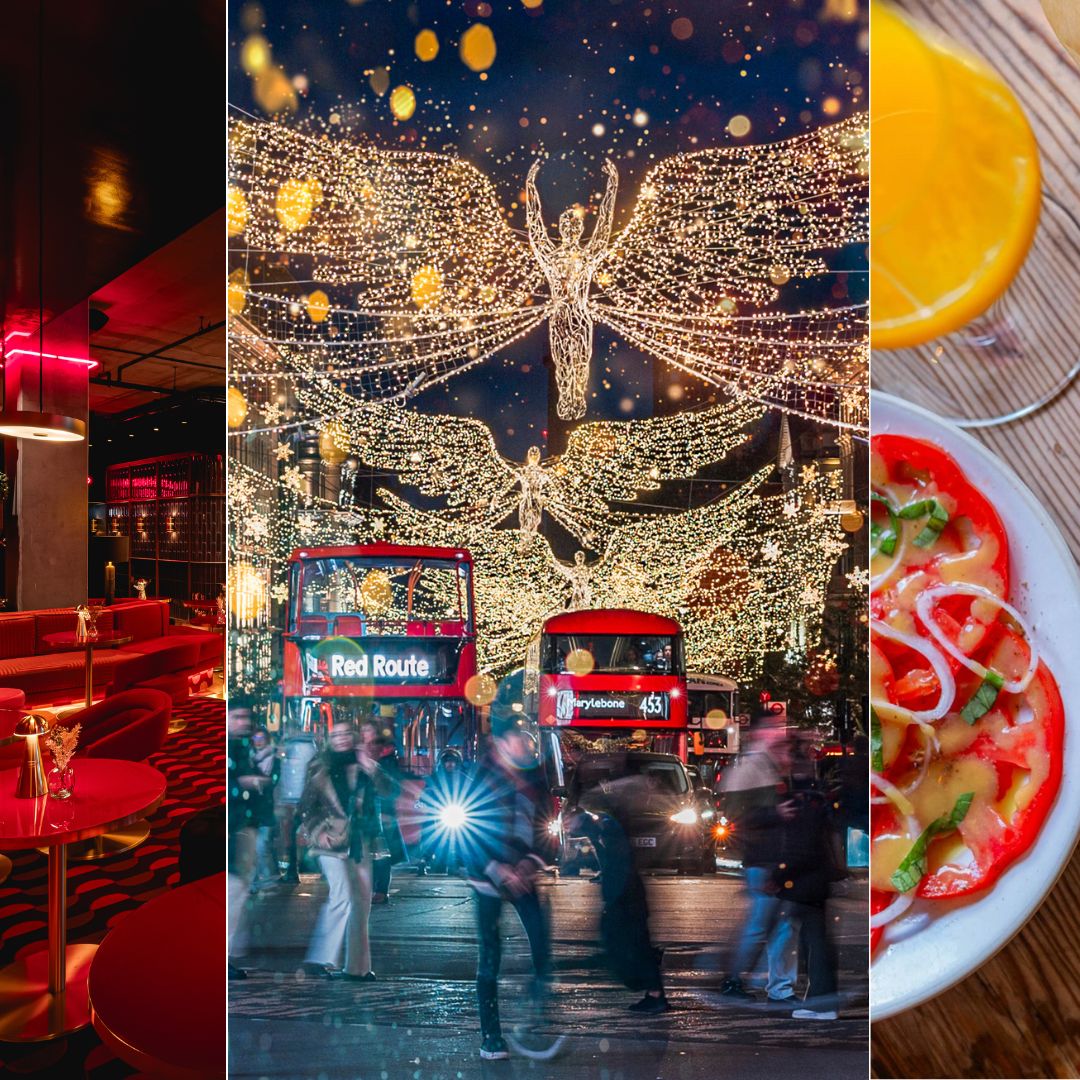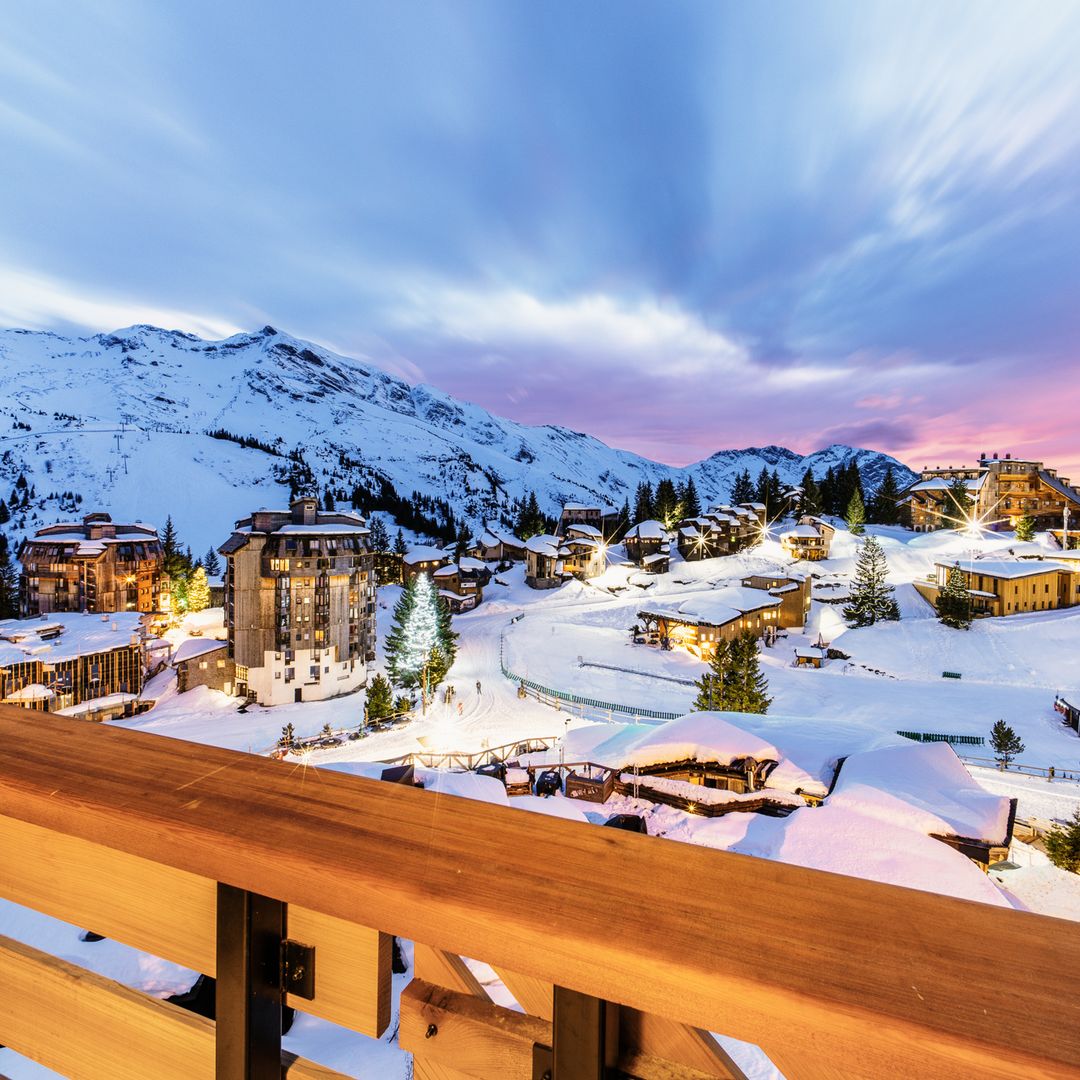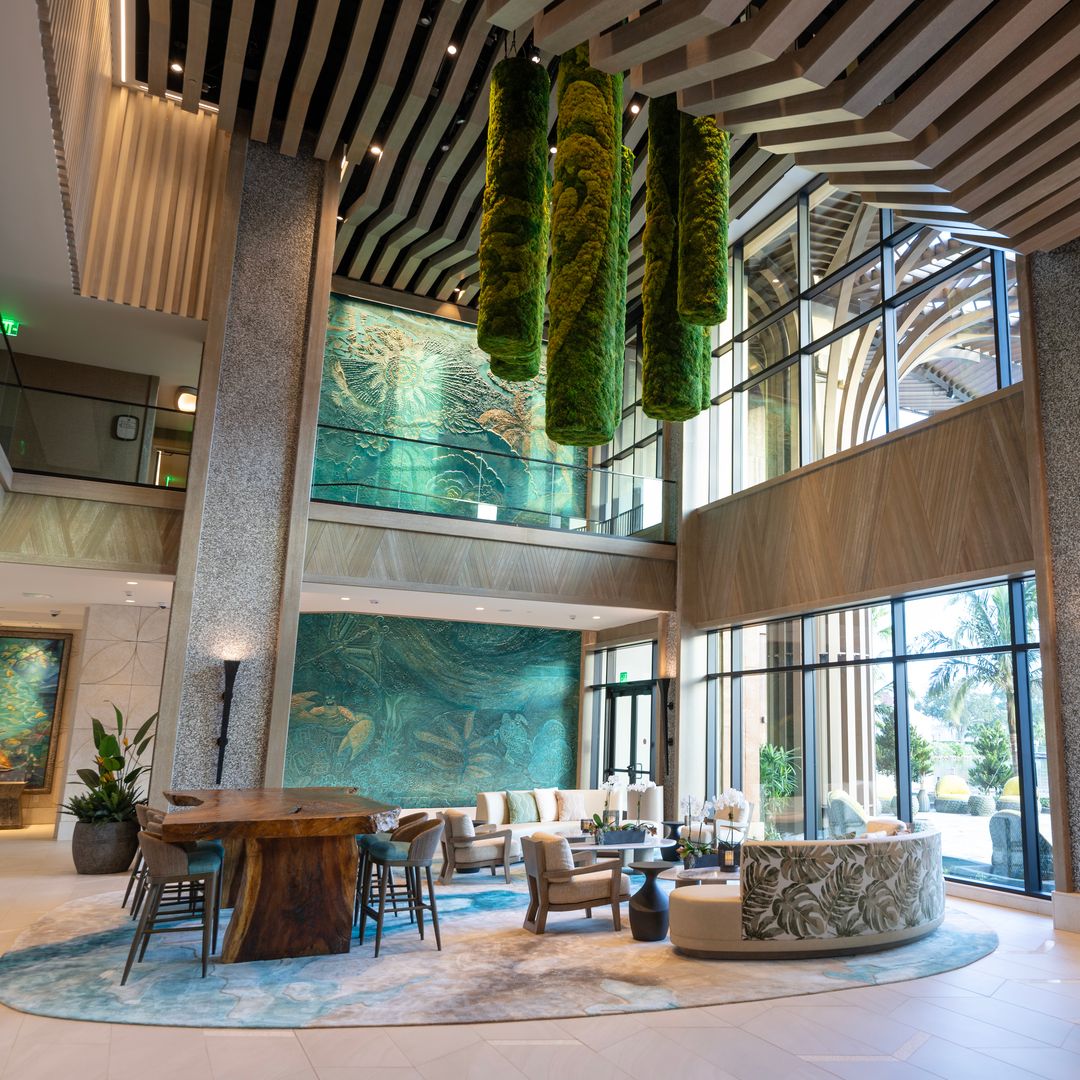California usually conjures up visions of sandy beaches with tanned figures roller-blading on the sidewalk, shopping on Rodeo Drive like Julia Roberts in Pretty Woman or skiing at Lake Tahoe or Mammoth. There is another exciting side to the Golden State which you may not have thought of, however - its wine regions.These produce some of the best wine in the world and the wine valleys of Napa and Sonoma especially are famous for their open door policy. Meaning a trip to the region guarantees wine tastings, invitations into wine cellars, wine bars, and if you’re lucky a local festival or concert.
This laid back approach means visiting the vineyards isn’t a treat reserved only for wine buffs. You can learn about wine making, see it in action, taste the grapes and meet the winemakers. Or, if you prefer, just sit back, relax, and sample the local cuisine accompanied by some delicious local wine while gazing out over the breathtaking scenery.
A whistle stop tour of the wine-making regions…
Northern California coast The Northern California Coast ranges from rugged shoreline through ancient redwood forests and native oak groves to valleys carpeted with grapevines. As well as wine, it's famed for the local produce, with each district offering visitors the chance to sample hand-made cheeses, olive oils, meats and fresh fish.
This is where you'll find the Napa, Sonoma, Mendocino and Lake counties, and portions of Marin and Solano counties. Just a leisurely day’s drive from San Francisco, this winemaking mecca is home to about 800 wineries.
Wines to try: Cabernet Sauvignons from the vineyards of Napa, earthy Zinfandels and squeaky-clean Sauvignon Blancs from Sonoma County, and cool-climate Pinots and Chardonnays from Carneros. Names to keep an eye out for: E&J Gallo, Beringer, Mondavi and Ravenswood.
Central California coast Beginning at San Francisco Bay, the Central California Coast runs down the California coast via Monterey to Santa Barbara. Take the six-hour meandering drive down El Camino Real or the “royal road,” as early Franciscan monks called Highway 101. It's one of the best ways to experience the area's rolling hills and valleys, native oak groves and vistas of the glittering Pacific beneath towering cliffs.
More than 600 wineries lie tucked away in the Livermore Valley, the Santa Cruz Mountains, Monterey County, Santa Clara Valley, Paso Robles, San Luis Obispo County, San Benito County and Santa Barbara County.
Names to keep an eye out for: EOS, J Lohr and Eberle in Paso, and Zaca Mesa, Sanford and Au Bon Climat in Santa Ynez Valley.
When you've wined and dined your fill, there are plenty of activities to keep you busy. Like golf at the Pebble Beach Golf Course on the Monterey Peninsula, a trip up the rugged coastline of Big Sur and a visit to Hearst Castle in San Simeon.
Further inland the Sierra Nevada is known for its rough-and-ready pioneering spirit and a winemaking tradition dating back to Gold Rush days. Nearly 180 wineries are scattered across region producing Zinfandels, Cabernet Sauvignons, Shirazes Chardonnays, Merlots and Barberas.
Southern California Ranging from Ventura County, north of Los Angeles, to the southern border of California below San Diego, the region is famed for its beaches and theme parks. It’s also the birthplace of California winemaking, however, thanks to Father Junipero Serra who planted wine grapes at Mission San Diego de Alcala in 1769.
Great for those who want to see a bit of everything, this combines the landmarks of Hollywood, the magic of Disneyland and the adventure of the San Diego Zoo with the possibility of enjoying the products of local vineyards.
Wines to try: classic Chardonnay, Sauvignon Blanc, Merlot and Cabernet Sauvignon. Don’t miss the "new-wave" Rhône, Italian and Spanish varieties.
For more on visiting California and enjoying its wines visit www.discovercaliforniawine.com
